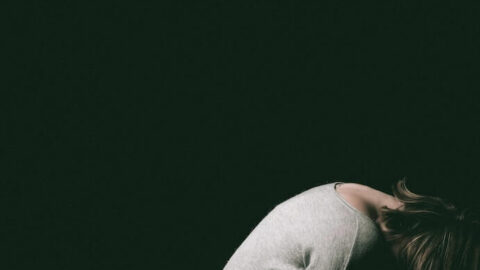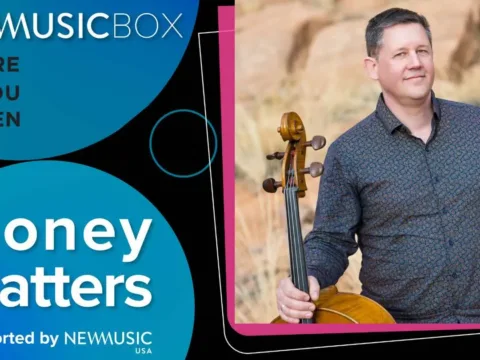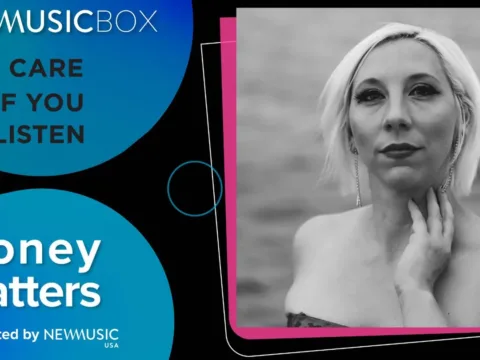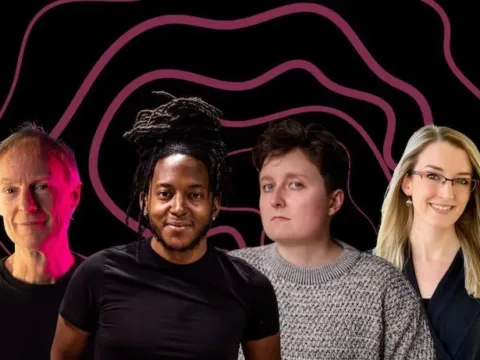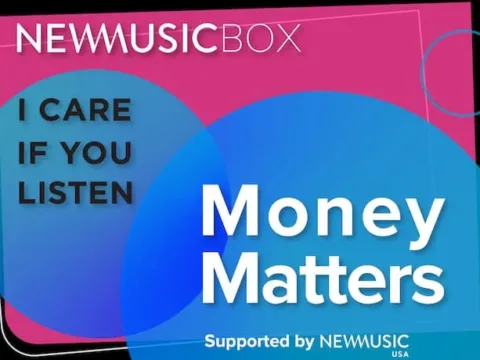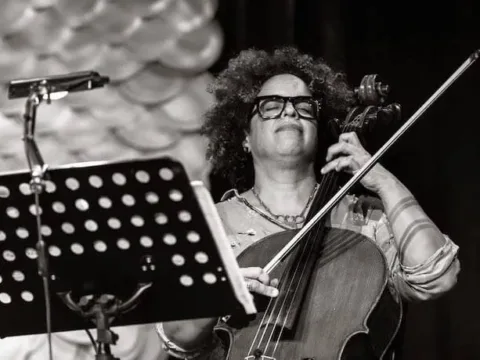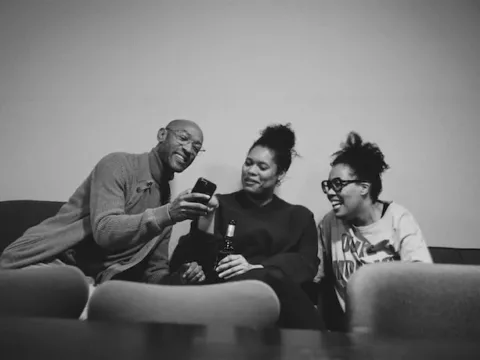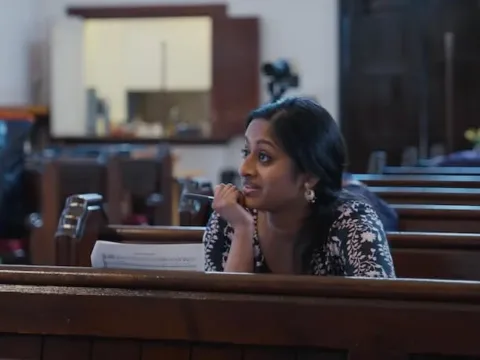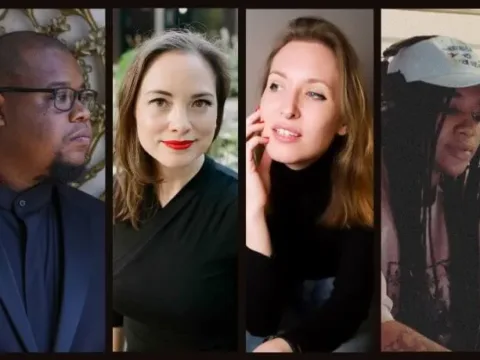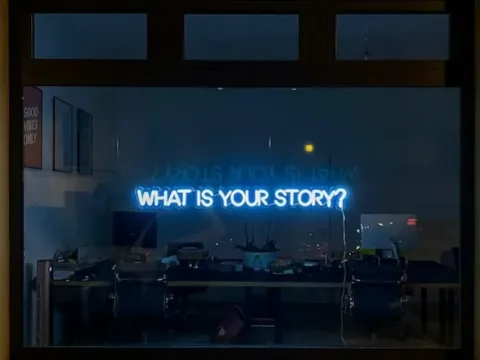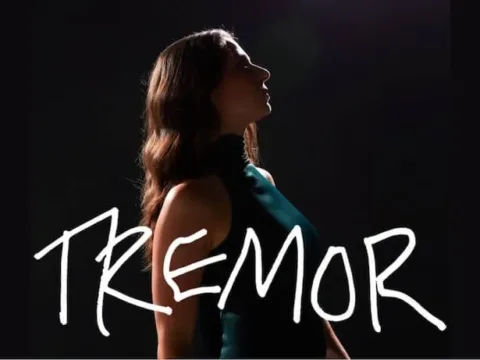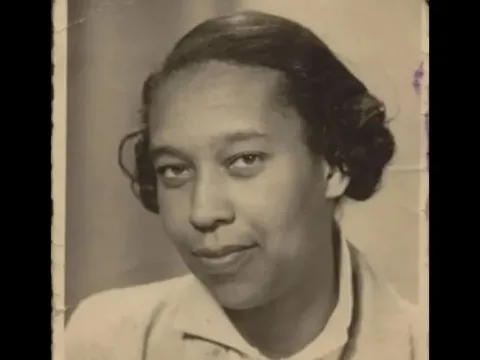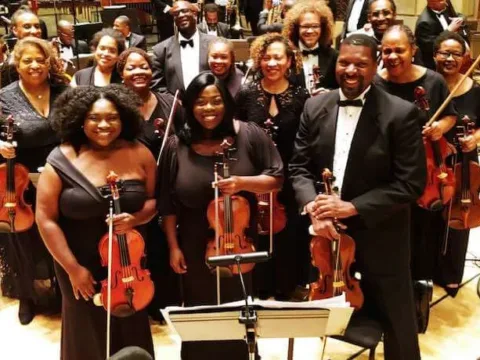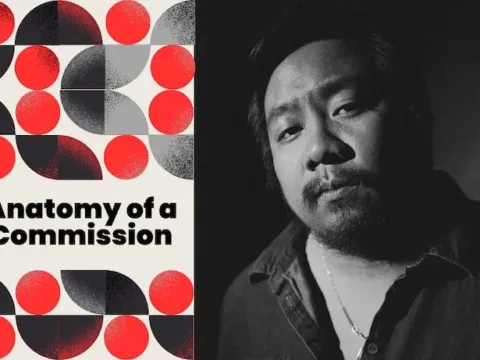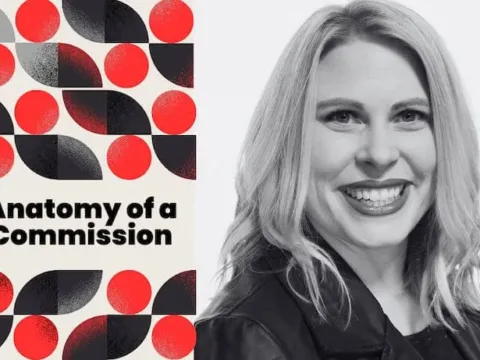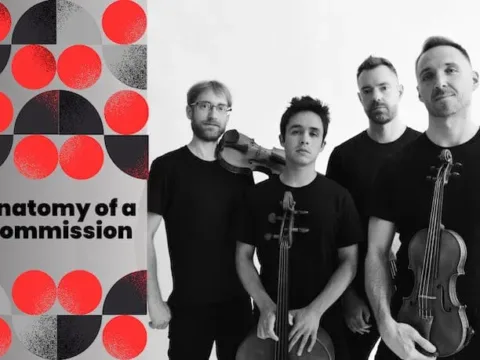“Grief is despair in proportion to circumstance. Depression is grief out of proportion to circumstance.”
These words from Andrew Solomon’s book The Noonday Demon, one of the most comprehensive accounts of depression currently available, are on my mind after an extended period of loneliness and grief wrought by a global pandemic. Friends, colleagues, collaborators, and students are facing the same struggles I’ve faced long before last year’s lockdown. In some ways, I feel guilty seeing people encounter feelings of deep isolation and dejection for the first time, just when I finally feel like I’m starting to get my own depression under control and can therefore manage those same feelings without much fuss.
It wasn’t always that way. My first breakdown came exactly 10 years ago. I say it was my first, but I’m not quite sure. Unless some new neurological or psychiatric innovation comes along, it’s often only possible to identify an initial bout of depression after the fact, once psychological intervention becomes necessary. Sometimes that emergent need develops very quickly. Sometimes it can lay dormant for years.
Mine was the slow-developing kind. Things had percolated throughout my twenties, but in 2011 it all finally boiled over. I was pulling 15-hour days while in the final stages of composing my doctoral dissertation, working through a long string of commission deadlines, and hopping between teaching appointments that required me to move across the country frequently and suddenly. This came to a head when, eventually, I was forced to decide between three imperfect futures — returning to San Diego to finish my PhD after using up my leave for teaching, moving in with my increasingly impatient long-term romantic partner following three years of long distance, or staying at my full-time faculty gig in Ohio where things felt good and my work was deeply appreciated, though I wouldn’t be able to hold the position much longer if I didn’t finish my degree.
I was adrift in a sea of empty boxes, perpetually delaying the seemingly impossible decision of where to go next. The anxiety around this soon found its way into my artistic and professional life. Creative questions quickly became fraught with indecision, deadlines passed without being met, and emails piled up in my inbox. Finally, my anxiety spilled into the smallest everyday maintenance tasks. Eating, hygiene, and sleep became insurmountable obstacles.
As is typical with acute untreated depression, my only option for coping with this overwhelming anxiety was avoidance and inaction. I’d wake up early and lie in bed for an hour or two, thinking only about the difficulty of getting up to brush my teeth, make breakfast, or take a shower. It was often late morning before I got up to use the bathroom. Once I managed that, I’d usually sit on the floor of my apartment for long stretches of time. This would generally go on until around sunset, when I’d realize I had gone all day without eating, which led to frequent dizzy spells and the occasional blackout. I developed daily headaches, and then ulcers from taking ibuprofen too frequently on an empty stomach. My memory was poor, my concentration on anything outside my own thoughts even poorer.
Symptoms of my depressive episodes looked exactly like the obstacles I used to (and still sometimes do) stumble through in the process of writing music.
At the time, an intimate friend asked me why I wasn’t announcing an upcoming trip for a premiere in New York. “Because if people know, then they’ll come,” I said. “And if they come, I’ll have to talk to them afterwards.” If either of us knew then what we know now, we would have taken this as an early warning signal of an oncoming acute depressive episode. As it was, my friend replied, “How can you say that?! It’s self-absorbed to be so aloof when everyone’s there to celebrate your success!” On the surface, anxiety around social interactions with admirers (no matter how close) can look a lot like vain condescension.
Weeks later, it was that same compassionate friend who first suggested to me that I might be depressed and that I should seek treatment. If it hadn’t been for them, things may have gotten much more urgent before I could be diagnosed. My friend’s suggestion during that time probably kept me from ever reaching a point of self-harm, and for that I am ever mindful and eternally grateful. In all honesty, it probably saved life as I know it.
My long developing self-diagnosis was made all the more opaque from being a composer. In hindsight, I can see now that symptoms of my depressive episodes looked exactly like the obstacles I used to (and still sometimes do) stumble through in the process of writing music: an endless cycle of self-critical thoughts, insomnia, long periods spent alone, trouble concentrating on other things, sensitivity to unwanted sensory stimulation, and anxiety around seeing people when deadlines approached. Considering every little aesthetic, social, and professional consequence of creative decisions, I’d paralyze myself into a waking stupor.
Depressives are predisposed to the cognitive rumination and rhythmic disruptions of daily life as an artist, and these rhythms and rumination subsequently reinforce and bring on symptoms of acute depression.
Conventional wisdom says that the emotional sensitivity associated with depression leads to increased creativity. But what if we’ve got it backwards? What if creative artists (writers, composers, poets, visual artists, music producers, etc.) suffer depression because being one is itself depressive? The anxiety of deadlines, a hypercritical editorial self, extended periods of indoor isolation, unstable income, frequent geographic displacement, unusual sleep patterns due to competing work obligations…experts have learned that all of these lead to and flow from mental health disturbances, and they mix together to form a molotov cocktail of depression and anxiety. All it needs is an artist to come along and light the creative match that sets the whole thing on fire.
In reality, it’s probably some of both. Each aids and abets the other. Depressives are predisposed to the cognitive rumination and rhythmic disruptions of daily life as an artist, and these rhythms and rumination subsequently reinforce and bring on symptoms of acute depression. Creating can feel like a battle to decide what to say, why to say it, who will hear it, and whether it’s worth saying at all. All of this requires a great deal of empathy, as well as a close inspection of one’s own self worth. Maybe these aren’t the preoccupations of all depression, or all artistry, but they’ve certainly occupied both of mine.
It took a decade for me to find a carefully balanced treatment that helps me recognize and remain resilient to depressive episodes when they inevitably arrive — a combination of medication and supplements, a good therapist, an exercise regime I’ll actually follow through with, disciplined regulation of sleep, and adjustments to my personal relationships.
With these medical and psychosocial treatments came accompanying changes in my creative process, changes that have become staples of my teaching when I see similar (unfortunately numerous) struggles in my students, or when invited to give lectures and workshops on creative wellness. Repeated rounds of various action-based psychological interventions, like those found in Cognitive Behavioral Therapy, have helped me find more holistic ways of working that cultivate and nurture my emotional health instead of compromising it.
For instance, I rarely take on creative projects with close deadlines anymore, and when I do it’s generally in a more casual and low-stakes collaborative environment. Instead of putting all the culminating pressure and anxiety on myself for most of a project’s birth cycle, I like to chart a years-long rollout of flexible progress points more often found in the theater or dance world: private and public workshops, talkback sessions, partial performances, and a series of smaller works that come together later on in larger ones.
Another important discovery has been separating out parts of the creative process — various forms of imaginative and kinesthetic play, transcription, recording, editing, copying — that I can flow frequently and freely between as my attention, concentration, and mood waver. This is similar to the seven “brainsets” of creativity proposed in psychologist and Harvard University professor Shelley Carson’s book Your Creative Brain: connection, reasoning, envisioning, absorption, transformation, evaluation, and stream of consciousness.
These strategies for structuring creative work pacify anxiety, minimize isolation, and maximize productivity during periods when motivation is lacking. But they also have the added benefit of rapidly creating things — writing, recordings, interviews, conversations — that reveal what choices to make next, and help build community around the work. It’s in that community we can find hope and peace.
In my teaching, I often define composing as “the process of gaining mental and physical awareness of music that didn’t previously exist, and finding ways of sharing it with other people.” This sharing (at all points along the creative process) is crucial in fending off depressive symptoms, whether chronic or simply brought on by day-to-day creative existence. It’s the bread crumbs we use to find our way back to our work. Back to other people. When we’re lost. When we forget.
As Solomon says in his book…
“Seek out the memories depression takes away, and project them into the future. Be brave; be strong; take your pills.”
I CARE IF YOU LISTEN is an editorially-independent program of the American Composers Forum, funded with generous donor and institutional support. Opinions expressed are solely those of the author and may not represent the views of ICIYL or ACF.
A gift to ACF helps support the work of ICIYL. For more on ACF, visit the “At ACF” section or composersforum.org.
